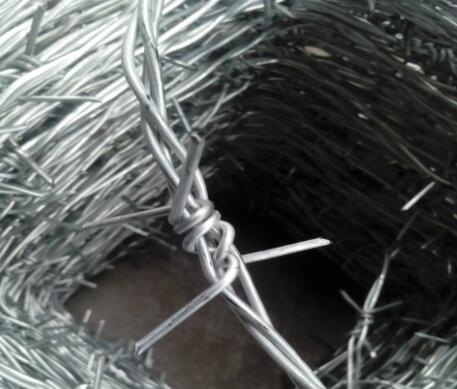Understanding Welded Wire Mesh Gauge A Comprehensive Guide
Welded wire mesh, a versatile material frequently utilized in construction, agriculture, and various other industries, is characterized by its strength and durability. One key aspect of welded wire mesh that professionals must familiarize themselves with is the concept of gauge. Understanding welded wire mesh gauge is crucial for selecting the appropriate material for specific applications. This article will delve into what gauge means in the context of welded wire mesh, how it is measured, and its implications for selection and usage.
What is Welded Wire Mesh Gauge?
The term gauge refers to the thickness of the wire used to create the mesh. The gauge of the wire directly affects the strength, weight, and flexibility of the finished mesh product. In general, a lower gauge number indicates a thicker wire, while a higher gauge number denotes a thinner wire. For example, a 10-gauge wire has a greater thickness compared to a 20-gauge wire. This relationship is crucial because the choice of gauge will impact not only the structural integrity of the mesh but also its suitability for particular applications.
Measuring Wire Gauge
Wire gauge is measured using the American Wire Gauge (AWG) system. This standardized method assigns a number to different wire diameters, allowing for easy identification and comparison. When selecting welded wire mesh, it is essential to refer to the AWG chart, which provides the diameter in inches or millimeters for each gauge number. For instance, a wire with a gauge of 10 typically has a diameter of 0.102 inches (2.59 mm), while a 20-gauge wire measures about 0.032 inches (0.81 mm).
Implications of Wire Gauge Selection
welded wire mesh gauge

The selection of gauge for welded wire mesh can have significant implications for performance and cost. A thicker wire (lower gauge) generally provides better strength and resistance to bending or deformation, making it ideal for heavy-duty applications such as concrete reinforcement, animal enclosures, and security fencing. On the other hand, lighter gauge wire may be sufficient for less demanding purposes, such as garden fencing or crafting projects.
Additionally, the weight of the welded wire mesh increases with a lower gauge, which can affect transportation and installation costs. For instance, thicker wire mesh may require additional handling equipment due to its weight. Thus, it's essential to strike a balance between the required strength for the application and the logistical considerations tied to transporting and installing the product.
Common Applications of Welded Wire Mesh
Welded wire mesh is widely used across various industries due to its adaptability and strength. In the construction sector, it is a common choice for reinforcing concrete slabs, providing uniform support and improving structural integrity. In agriculture, it is employed for fencing livestock and keeping pests out of gardens, ensuring protection for crops. Industrial applications include use in security, HVAC systems, and filtration processes.
Conclusion
In summary, understanding welded wire mesh gauge is paramount for anyone involved in construction, agriculture, or any sector that utilizes welded wire mesh. The gauge not only reflects the wire's thickness but also indicates its strength, weight, and flexibility. By carefully considering the gauge in conjunction with the specific application requirements, users can ensure optimal performance, durability, and cost-effectiveness. Whether you're reinforcing concrete, constructing enclosures, or designing innovative projects, selecting the appropriate welded wire mesh gauge will ultimately enhance the quality and success of your endeavors. Always refer to reliable resources or consult with professionals to make informed decisions regarding your wire mesh needs.

















